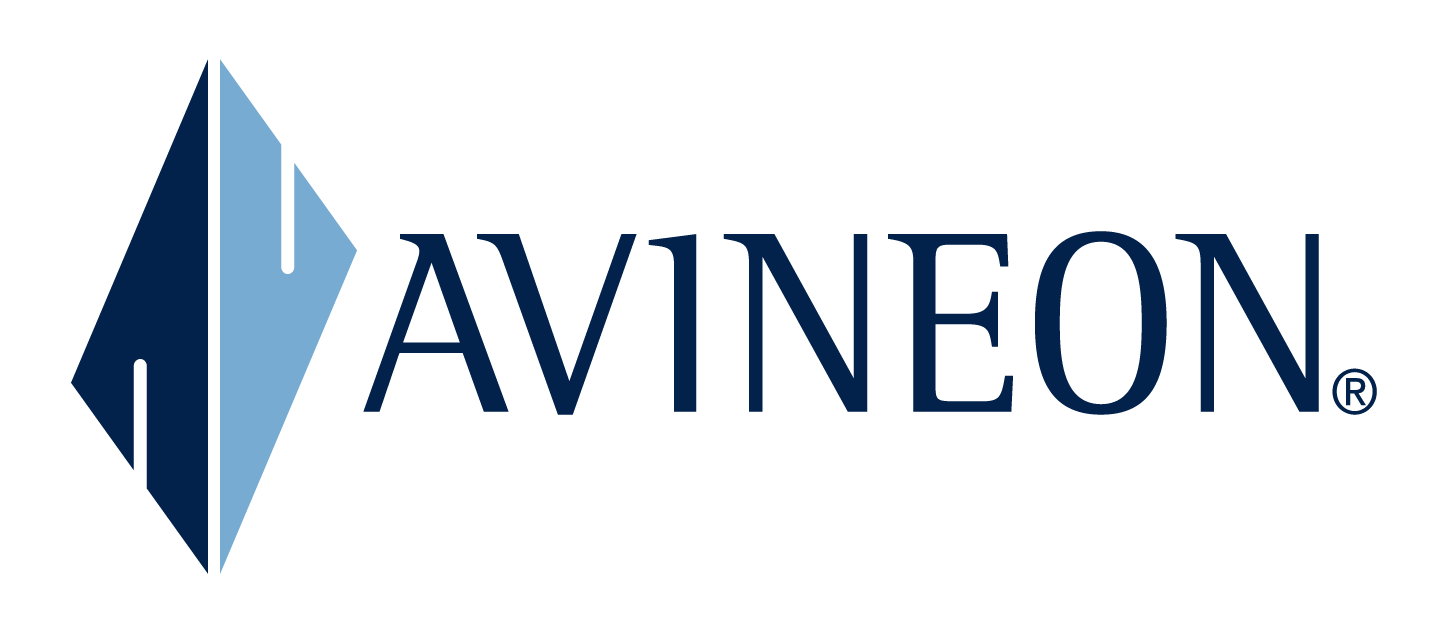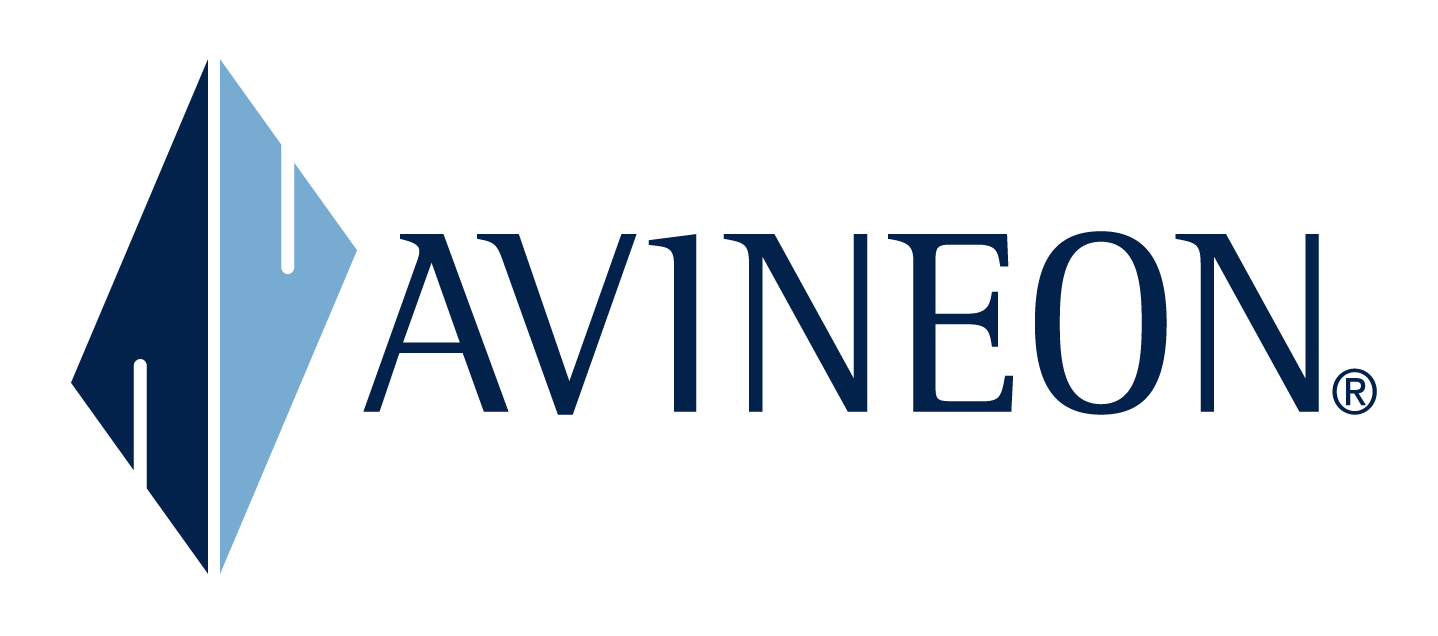The acronym Lidar stands for Light Detection And Ranging. A lidar sensor emits laser beams towards objects. Based on the reflection of these objects, Lidar determines a number of things:
- The relative distance between objects;
- The composition of the object;
- The size of the object.
The result is a so-called 3D point cloud, a collection of points with an X, Y and Z coordinate.
Raster analysis based on 3D point cloud
3D point clouds provide an excellent basis for advanced raster analyses. The quality of this analysis depends on a good conversion of this data. The main step in this is classification. For an average raster analysis, you usually need large amounts of 3D point clouds. One million is no exception.
The modeling of objects, vegetation and buildings can be done on the basis of 3D point clouds. At Avineon, we help our customers with the large-scale classification of objects. Careful classification is absolutely necessary to be able to carry out accurate raster analyses.
The conversion phase from LAS file to raster analysis does not have to be complex, depending on the choices you make. Our experience is that freely available LAS tools are complex. Avineon structurally chooses solutions from Safe Software. FME is, in our opinion, the best data integration software for geographical applications. The FME PointCloudSimplifier is a transformer that can be used to convert lidar data relatively easily into a raster.
Lidar and 3D city models
There is a strong demand for 3D city models. At Avineon, we have a track record in the field of 3D city models in various countries in Europe. With the help of lidar, it is possible to accurately position the buildings in a 3D city model. The size of an object can also be determined very accurately.
In addition, lidar can also determine the material of a building. Smooth surfaces reflect light differently than rough surfaces. By analyzing the reflected light, Lidar can determine what the material of a building is, up to head level.
Vegetation monitoring with Lidar
Lidar data is also widely used for vegetation monitoring. Sustainable issues are topical for Dutch and Flemish authorities. Vegetation plays a role in counteracting heat stress, absorbing excess water and filtering fine dust from the air. Municipalities and other authorities benefit from efficient monitoring methods and lidar can play a major role in this.
There are a number of methods with which the determination of the quality of monitoring is carried out. Green vegetation reflects green light, while dry vegetation emits more infrared light. Healthy vegetation also reflects more light than sick vegetation. Finally, based on the amount of light, it can also be determined how dense certain vegetation is. Densely grown shrubs reflect more light than sparsely grown shrubs.
The application of lidar data in 3D city models and vegetation monitoring are just two examples from a wide range of possibilities. 3D is on the rise in the world of geographic information systems and this is driving the demand for lidar-driven solutions.
What can Avineon do for you?
At Avineon, we specialize in Geospatial Data Engineering. We do not collect lidar data ourselves. Our specialty is to get maximum value from geographic information. We can help your organization perform and analyze complex large-scale raster analyses!



